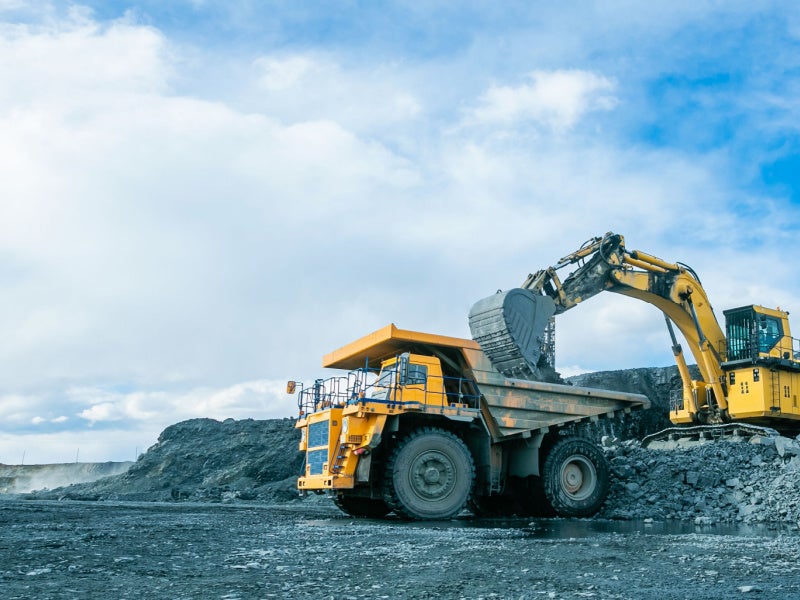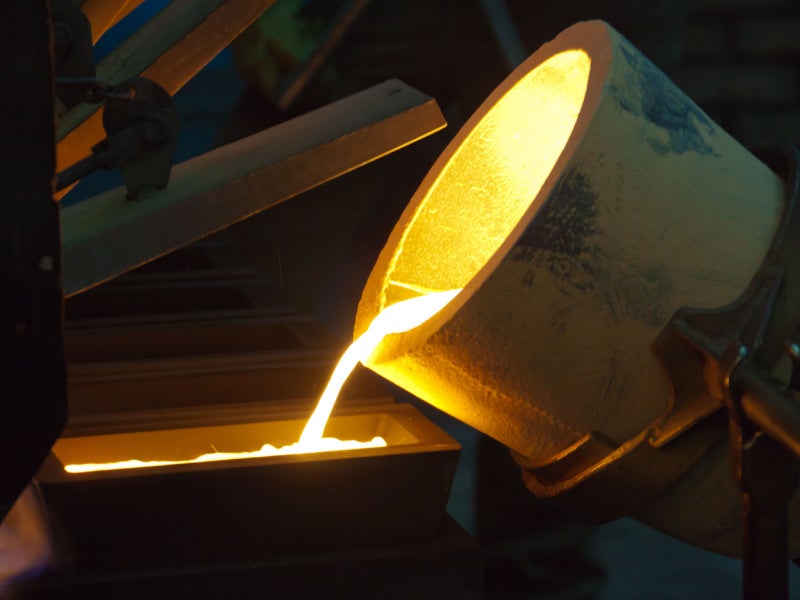The La India gold project is proposed to be developed within the province of Leon, Nicaragua. Gold exploration and development company Condor Gold is the owner of a concession package totalling 588km² that includes 98% of the historical La India gold mining district.
The feasibility study (FS) for the project was released in October 2022. The company received the environmental permit to develop, construct and operate a processing plant and associated mine infrastructure at the project site in August 2018.
The FS indicated an estimated initial capital investment of $105.5m. The life of the mine is estimated to be 8.4 years while average annual production is expected to be 81,545 ounces (oz) of gold for the first six years.
Sale of the La India gold project
Condor Gold has been exploring a potential sale of the La India asset, following a review of options by the company’s board of directors. The company appointed independent investment bank Hannam & Partners to seek a buyer for its assets in November 2022.
The sale process entered the end of the first phase on 13 March 2023 and the company has received three expressions of interest for the La India project. The company expects to reach a binding agreement with a potential buyer soon.
Location and geology of La India
The La India gold project is located in the municipalities of Santa Rosa del Peon and El Jicaral near the regional centre of Leon, within the Central Highlands in the north-western part of Nicaragua. It is 70km north of Managua, the capital city of Nicaragua.
The host rocks at the La India project include basaltic andesite, andesite, and dacite-rhyolite lavas, as well as andesitic and dacitic pyroclastic deposits.
Gold mineralisation and reserves
Gold mineralisation at the La India deposit is hosted by Tertiary intermediate to felsic volcanic rocks and is associated with the low sulphidation epithermal quartz breccia and quartz veins.
The proven and probable reserves at the La India project were estimated at 7.3 million tonnes (Mt) grading 2.56g/t of gold, with 602,000oz of contained gold, as of 31 March 2022.
Open-pit mining methods
Open-pit mining methods are proposed to be used to extract ore from the deposit, due to the presence of the probable mineral reserves within 250m of the surface. Conventional drill, blast, load, and haul methods will be used for the mine.
The mine schedule includes one year of pre-production mining to develop and expose the mineralisation for mining.
Drilling and blasting will be performed on 5m benches in the mineralised zones and 10m benches in the waste zones.
Ore from the high-grade, mid-grade, low-grade, and marginal stockpiles will be transported to the crusher using a front-end loader.
Processing capabilities at La India
The processing plant is expected to have the capacity to handle 886,512 tonnes per annum (tpa) of ore.
The crushing circuit will be fed with run-of-mine (ROM) ore, and the crushed ore will be transported to a coarse ore surge bin from where it is carried on a belt conveyor onto the semi-autogenous grinding (SAG) mill feed conveyor.
The ore will undergo grinding at the SAG mill, which will operate in a closed-circuit configuration with a cyclopac (cyclone cluster). The cyclone overflow from the grinding circuit will flow by gravity to the horizontal wet vibrating trash screen. Undersize material from the trash screen will gravitate to the leach feed thickener. The feed will be thickened to 48% solids by weight.
Underflow from the leach thickener will be pumped to the pre-aeration tank while the overflow will be sent to the process water tank.
The underflow material will be leached in the leaching train, which comprises five tanks, including the pre-aeration tank, followed by adsorption in a six-tank carbon-in-pulp (CIP) counter-current flow adsorption system.
Gold will be recovered from the loaded carbon using the elution process. It will undergo electrowinning and will be electroplated onto stainless-steel wool cathodes. The recovered gold will be pressure-washed, filtered, and dried to produce gold doré.
Infrastructure of the La India gold project
The project can be reached from Managua by the paved León-Esteli Road, Highway 26 or by the Panamerican Highway via Sebaco.
Power will be supplied from the Sebaco II substation located 13km northeast of the processing plant, via a new 25kV three-phase overhead power line.
Accommodation for the workforce is provided in La India village. A 40-room accommodation camp is also proposed to be built on land across the highway from the plant entrance.
Contractors involved
Condor Gold engaged international mining consulting firm SRK Consulting (UK) to prepare the feasibility study for the La India gold project.
SRK also conducted studies related to mineral reserves and financial modelling, geology and mineral resources, hydrology and hydrogeology, open-pit geotechnics, mining and waste dump schedules, metallurgical testing, geochemistry, and acid rock drainage metal leaching. The company also conducted a review of the environmental and social management approach.
SRK compiled a preliminary economic assessment (PEA) for the project in February 2013, and a pre-feasibility study (PFS) for the La India deposit and a PEA on the La India, America and Central Breccia deposits in 2014.
Hanlon Engineering and Associates (Hanlon), a subsidiary of GR Engineering Services, was appointed to provide the design for a single-stage SAG comminution and conventional CIP circuit and the associated project infrastructure, as part of the FS. The company also provided the cost estimates for the same elements, as well as other aspects, including tailings storage facilities, water management infrastructure, and the La Simona attenuation dam, which is a stormwater attenuation structure proposed to be built to minimise surface water flow to the La India pit.
Engineering consultancy Tierra Group International provided the design for the tailings waste management and water attenuation dam. The company conducted dam breach analyses, geotechnical investigation, climatology, geotechnical design, and civil design for the tailings storage facility (TSF) and associated infrastructure.






